Context
In Israel, smoking is a major public health concern. Over half (52%) of Arab males in the country smoke cigarettes, and nargila (also called hookah or waterpipe) smoking is on the rise, with 20% of Israelis doing it regularly. Particularly common among young adults ages 18 to 34, nargila smoking can increase the risk for significant health issues in adulthood, including cancer, cardiovascular disease, hypertension, and chronic respiratory disease. Internet-based interventions encouraging people to quit smoking have been effective because of their flexibility, enabling tailored messaging and personalized feedback. Yet no study to date has tested such an intervention among Israel’s Arab population. This study tested whether a web-based health education program could improve smoking-related knowledge and change smoking behaviors among Arab college and university students in Israel.
Intervention
The study used an Arabic-language online program that included a self-administered online questionnaire, a module capturing demographic information, and four modules of tailored health education content shared through text messages and videos. The program was developed using the online assessment system Questions Sharing and Interactive Assignments (QSIA). The questionnaire had 13 questions about cigarette and nargila smoking behavior and knowledge. One of the modules focused on smoking behavior and was the focus of the study. After students completed the demographics module, the program analyzed their responses and displayed tailored messages and videos about their smoking behavior and intention to resist smoking, the adverse health effects of smoking, recommended actions to support quitting, and tips to cope with social factors such as peer pressure.
Evaluation
Design: The study used both quantitative and qualitative methods. For the quantitative component, participants completed the self-administered questionnaire at baseline and at follow-up a month later (quasi-experimental design). For the qualitative piece, a random selection of participants who completed both baseline and follow-up questionnaires were recruited for five 90-minute focus group sessions to discuss their use of the program and their thoughts on the content. The primary outcome was self-reported cigarette or nargila smoking behavior, defined as smoking a cigarette in the past seven days and smoking nargila in the past month for at least once a week, respectively. Secondary outcomes included cigarette and nargila smoking knowledge, intention to quit smoking, and seeking professional help to quit smoking.
Sample: Arab college and university students in Israel from 2007 to 2010 were eligible to participate. Students were recruited using flyers, social media, researcher recruitment, and referrals. Eligibility criteria included being at least 18 years old and having Internet access. Students who provided online consent received a link to the program and their login credentials by email. In total, 356 students completed the baseline questionnaire, and 63.2% completed the one-month follow-up. The sample had a mean age of 25 and was mostly female (69%) and Muslim (47%). At baseline, about one in five (22%) reported smoking at least one cigarette in the week before the questionnaire, and 58% of those said they had attempted to quit. More than half (58%) of the sample reported smoking nargila. Most students (69%) had knowledge that smoking has negative impacts on health.
Results
When comparing baseline and follow-up assessments, there was no difference in the percentage of cigarette smokers, but there was a decrease in the share of nargila smokers (58% to 22%). There was a significant increase in the share of all smokers who expressed intention to quit (58% to 80%), but there was no change in the percentage of students who attempted to quit. In addition, while the share of smokers seeking professional help increased, the change was not statistically significant. There was no improvement in knowledge about smoking’s harmful health effects.
Limitations: Limitations of this study included the small sample of smokers, the reliance on self-reported behavior instead of more objective measures, and the limited generalizability of the results due to the narrow sample.
Conclusion
A web-based program targeting smoking behaviors yielded promising results with regard to intention to quit smoking among Arab college and university students in Israel. Further research should test the success of the program on a larger Arab population in Israel to determine the effectiveness of the program when scaled up.


